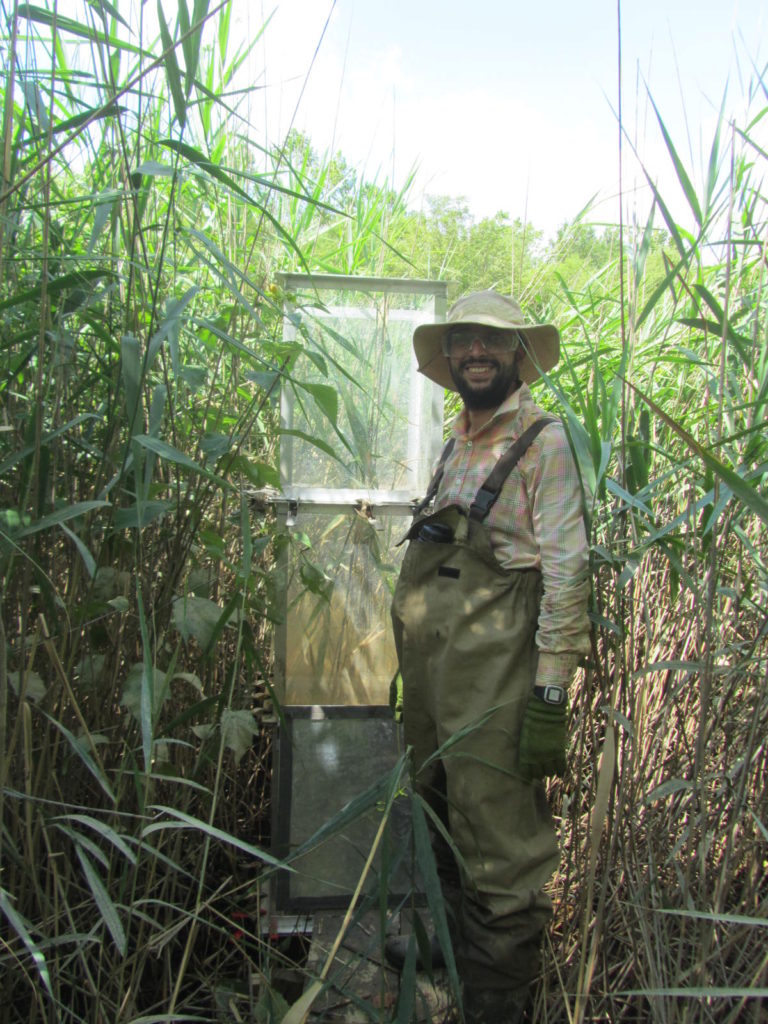
Ph.D. Candidate, University of Maryland
Conference Travel Grant Type 2 (Society of Wetland Scientists)
Hydropatterns of natural and restored tidal freshwater wetlands in a Chesapeake Bay tributary
“Hydrology is considered the master variable for wetland ecosystems as it plays a fundamental role in developing specific vegetation adapted to the physiochemical soil characteristics that make wetlands unique ecosystems. Hydrology is not uniform across wetlands, however, and it is important to understand how spatial and temporal variation in hydrology affect vegetation, biogeochemical, and other ecosystem processes. With this in mind, we designed a study that compared different hydrological zones by investigating hydropattern (level of surface or ground water over time, sometimes termed hydroperiod) in different wetland habitats in both natural and restored wetland sites. Our goal was to understand the influence of hydrology on organic matter decomposition or accumulation and to model hydrological and carbon flux data to enhance wetland restoration and management. Tidal freshwater wetlands were selected in Maryland, USA along the Patuxent River, a Chesapeake Bay tributary. Five habitats (mudflat, low marsh, high marsh, and swamp, plus upland) were selected at Patuxent Wetland Park, a natural wetland, and four habitats (mudflat, low marsh, and high marsh, plus upland) were selected at Wootons Landing Wetland Park, a restored wetland. At each habitat, datalogging water level recorders were installed in wells in February 2014 to monitor water level at 10-minute intervals. Water table depth was also measured manually in additional observation wells every two weeks for one year from February 2014 to March 2015. Cumulative flooding percentage showed that mudflats for the natural and restored sites were the most frequently flooded habitat, followed by marsh and swamp habitats; upland habitats were never flooded. Soil and vegetation characteristics were strongly related to hydropattern. Furthermore, the natural wetland had a shallower water table compared to the restored wetland. Monitoring of hydrology in similar habitats in restored and reference sites may help improve restoration success in achieving specific structural or functional outcomes.”
